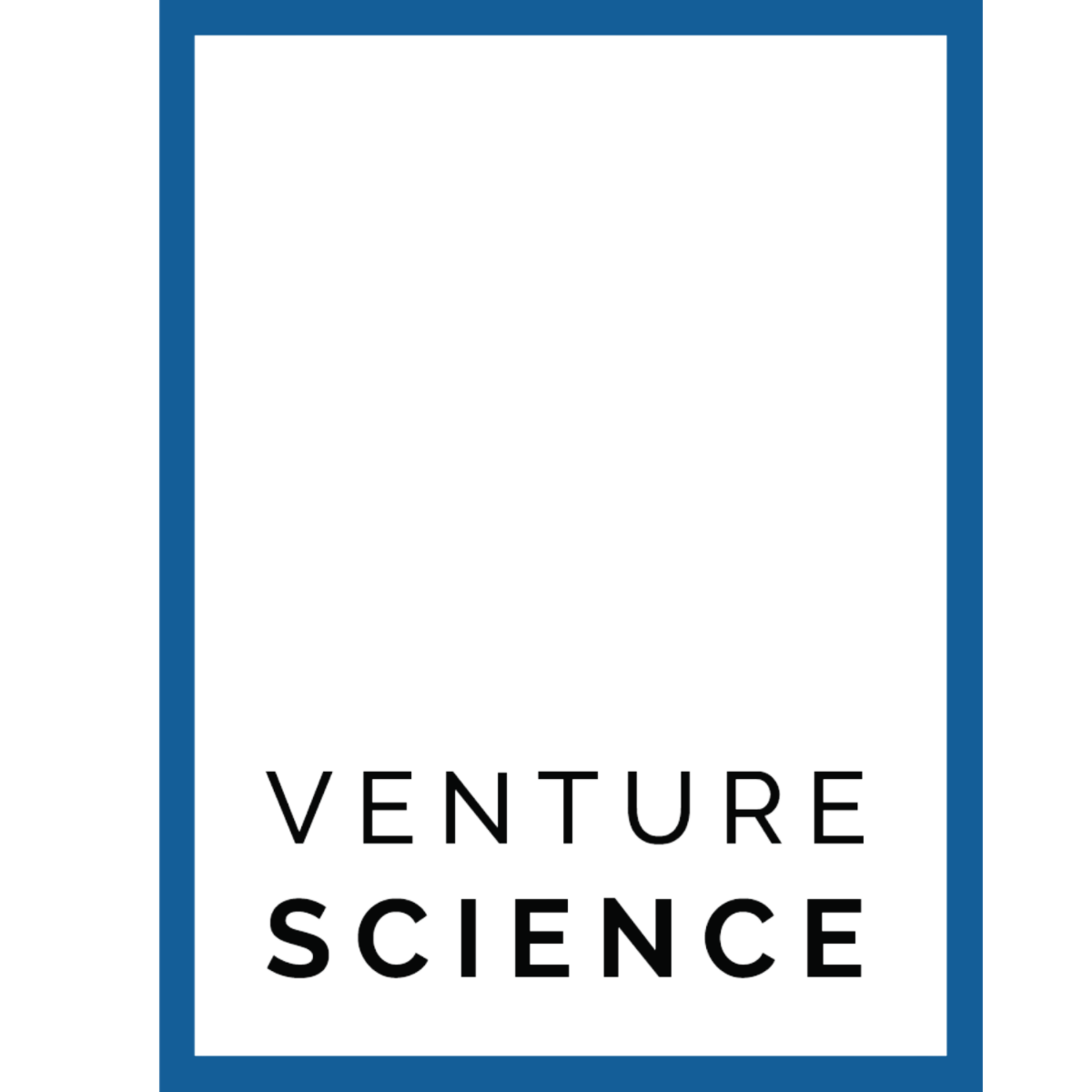Reflections for Family Offices in Today’s Shifting Trade Landscape
In 1922, the U.S. raised tariffs under the Fordney-McCumber Act, aiming to protect domestic industry. It was a bold policy move—met with concern by globalists and welcomed by many industrialists. The result? A decade of extraordinary domestic expansion, surging innovation, and strong equity performance—the Roaring Twenties.
Now, in 2025, we may be entering a rhyming stanza of that same historical poem. U.S. tariffs have just spiked to 22.5%, the highest in a century. For family offices managing long-term capital across generations, the question is not only what happens next—but how best to position for what’s ahead.
Why the Next Five Years May Surprise to the Upside
Domestic Realignment = Investment Opportunity
Just as the 1920s saw capital flow into manufacturing, infrastructure, and consumer goods, today's protectionist shift is already prompting reinvestment in domestic capacity. Private capital is flowing into advanced manufacturing, logistics, energy infrastructure, and automation—sectors that historically perform well during realignment cycles.
Innovation-Led Growth Amid Protectionism
Despite the macro headwinds, technological innovation is driving real productivity gains. From AI and machine learning to advanced therapeutics and energy storage, we’re seeing foundational changes akin to the radio, automobile, and electric grid revolutions of the 1920s. Family offices with exposure to emerging managers or thematic alternatives may find asymmetric upside in this environment.
Look for asymmetric opportunities through managers and co-investment partners rooted in tech centers such as Silicon Valley with close ties to innovation.
Policy-Driven Capital Formation
Like the credit boom of the 1920s, today’s fiscal stimulus, public-private partnerships, and reshoring incentives are fueling capital formation. Add to that a temporarily supportive rate environment and you have the ingredients for a multi-year investment window.
A Note of Caution: Echoes of 1930
Of course, the Roaring Twenties didn’t end well.
The follow-on from Fordney-McCumber was the Smoot-Hawley Tariff Act of 1930, which triggered global retaliation and accelerated the Great Depression. Overreliance on protectionism, excessive leverage, and unchecked speculation laid the groundwork for systemic failure.
For family offices, the takeaway is clear: participate, but with structure. Growth may be strong through 2029, but a defensive playbook should begin forming before that. Watch for warning signs—persistent inflation, deteriorating trade relations, and over-extended credit markets.
Strategic Implications for Family Office Portfolios
1. Diversify Across Cycles
Maintain a barbell strategy across public equities and real assets. Domestic industrials and AI infrastructure may benefit in the near term, while uncorrelated alternatives can serve as ballast post-2030.
2. Embrace Real Asset Exposure
Periods of rising tariffs and fiscal stimulus tend to be inflationary. Consider real estate, farmland, and infrastructure as both return generators and hedges.
3. Revisit Manager Selection
Periods of volatility often widen the dispersion of manager returns. Prioritize managers with demonstrated experience navigating macro shifts—not just momentum.
4. Plan for the Turn
The turn may come in the next cycle, not this one. But being too late to reallocate can be costly. Stress test your portfolio for a 1930s-style dislocation—not because it’s imminent, but because resiliency is priceless.
Closing Thought
We’re not witnessing history repeat itself, but we are seeing familiar patterns unfold—rising tariffs, domestic industrial revival, and surging innovation. These forces are reshaping the investment landscape in ways that echo the early 20th century, yet are uniquely modern in their complexity.
For family offices, this moment calls not for caution in the form of retreat, but for discernment in the form of strategic positioning. The opportunity lies in identifying which parts of the economy are poised to benefit from policy-driven tailwinds—and allocating capital accordingly, with an eye toward both participation and protection.
The original Roaring Twenties offered a rare window for generational wealth creation—until they didn’t. What follows in the next five years could be equally dynamic, but navigating the turn beyond 2030 will demand the kind of long-term thinking, flexibility, and risk management that only patient capital can afford.
Now is the time to prepare—not just for what the market offers in the near term, but for the structural shifts that may define the next generation.


















